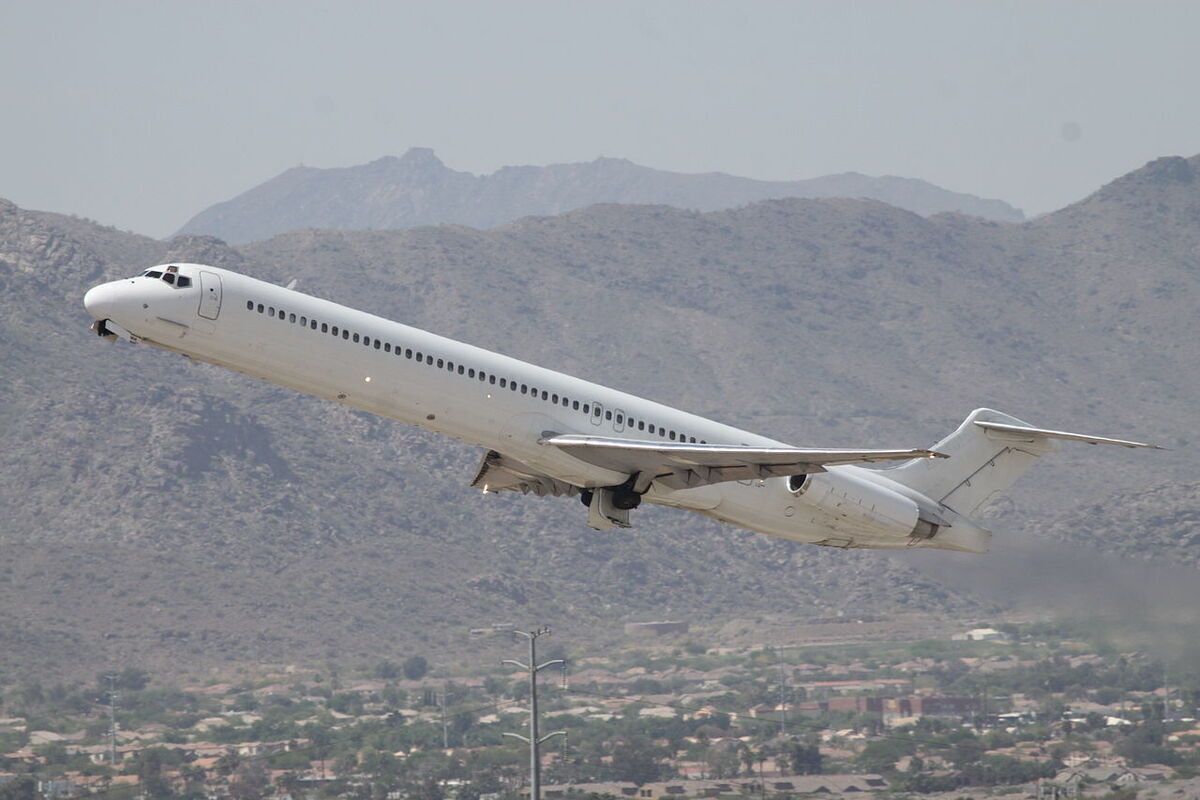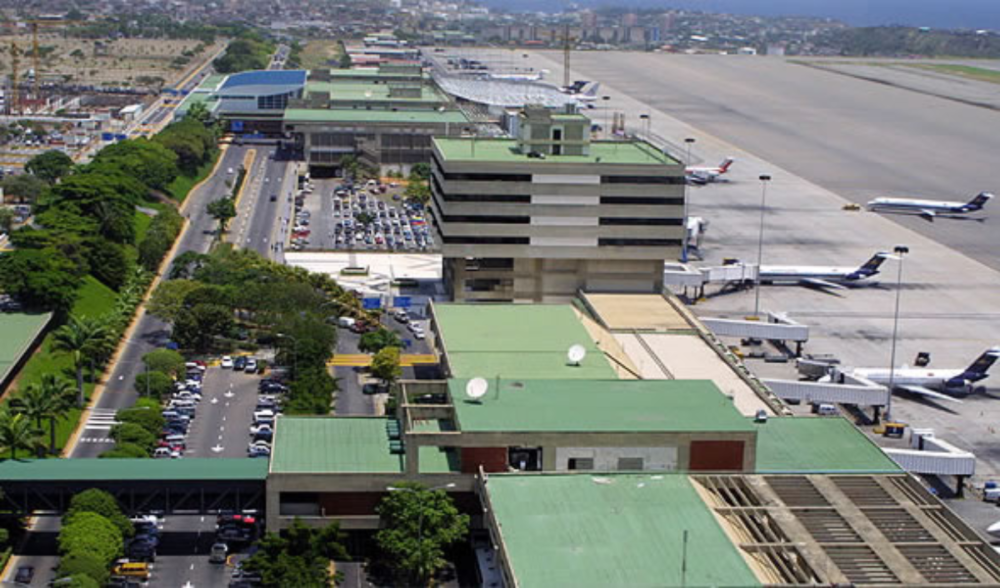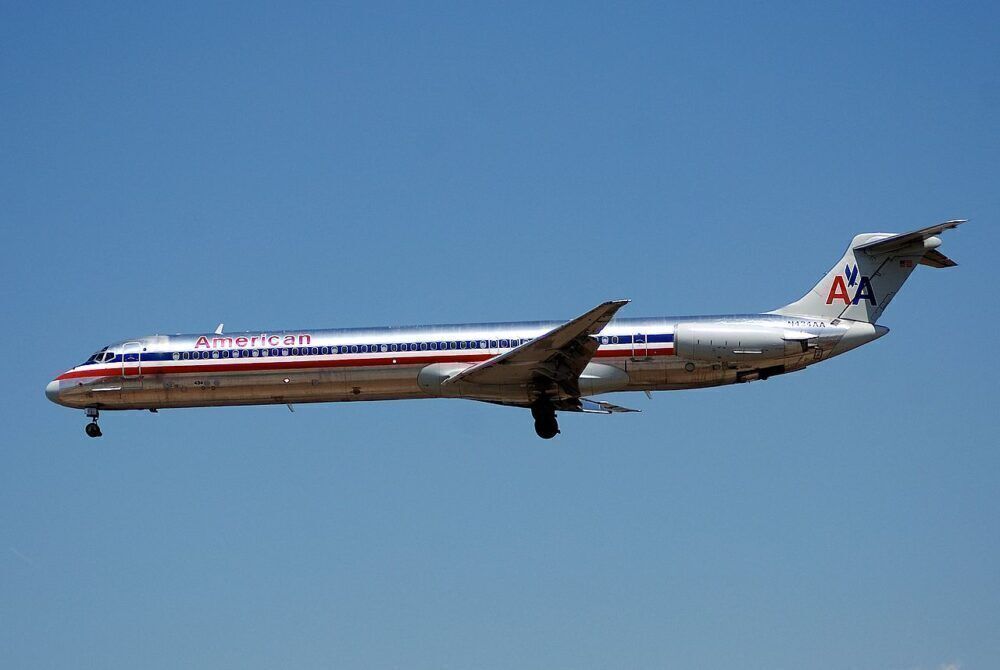A LASER Airlines passenger flight in Venezuela made an emergency landing on Monday after the failure of the left-hand engine. The crew reported a bird strike caused the failure. The MD-83 landed safely at Caracas and all 116 onboard were uninjured.
LASER Airlines bird strike incident causes an engine fire
Simon Hradecky first reported the incident in The Aviation Herald on Tuesday. According to that report, the flight was on approach to Caracas' runway 28 when the engine failed. The MD-83 landed safely. When exiting the runway and taxiing, the left-hand engine fire indication activated, causing the crew to initiate a slide evacuation of the aircraft.
The McDonnell Douglas MD-83, registration YV3465, was completing LASER Airlines flight QL-1903 from Porlamar to Caracas. QL-1903 is the mid-morning flight from Porlamar on the Isle de Margarita across to the Venezuelan capital. It normally takes 50 minutes to cover the 215 miles.
LASER Airlines attributes the evacuation to a "mechanical issue" that occurred after the plane landed. The Aviation Herald says the left-hand engine caught fire after landing. Until then, despite the bird strike, the MD-83 had landed normally.
Stay informed: Sign up for our daily and weekly aviation news digests.
LASER Airlines says it follows the rulebook
In a statement, LASER Airlines says the evacuation followed the protocols set down by the aircraft manufacturer, the airline, and Venezuelan aviation regulatory and safety authorities. The airline also states the aircraft's maintenance was up-to-date and met standards set down by the manufacturer and aviation agencies.
"LASER Airlines undertakes to collaborate with the competent entities in the corresponding investigations to determine the causes that originated this ground fault," the statement reads.
The impacted engine on YV3465 was a Pratt & Whitney JT8D. The JT8D is a low-bypass turbofan engine that was first introduced in 1963. Since then, there have been several updates. The engine, which weighs over two tonnes and has a diameter of 125 centimeters. The JT8D was popular with multiple big-name airlines worldwide.
The aircraft involved in Monday's bird strike incident, YV3465, is 34 years old. The plane has only flown for LASER Airlines since later 2019. For most of YV3465's long life, it flew for American Airlines as N434AA. The Dallas-based airline operated the plane between 1987 and 2017. American Airlines no longer operates McDonnell Douglas aircraft types.
Well looked after planes contribute to solid safety record at LASER Airlines
Little known outside the region, LASER Airlines dates back to the early 1990s. The airline flies scheduled passenger and charter services around Venezuela and the region from its base at Caracas' Simón Bolívar International Airport.
LASER Airlines is not a big airline. It operates a fleet of 11 McDonnell Douglas aircraft, comprising four MD-81s, six MD-82s, and two MD-83s. The average age of the fleet is just under 32 years. The aircraft come from airlines with blue-chip maintenance practices. The MD-81s spent most of their working lives at Japan Airlines. Both the MD-82 and MD-83 planes are former American Airlines aircraft.
The pedigree of LASER Airlines aircraft contributes to the airline's decent safety record. The only significant recorded incident involving Laser Airlines was a rough landing in 2014. Both nose gear tires on an MD-82 burst upon landing at Arturo Michelena Airport near Valencia. The incident caused substantial damage to the plane but no injuries occurred to the 96 passengers and crew on the flight.



